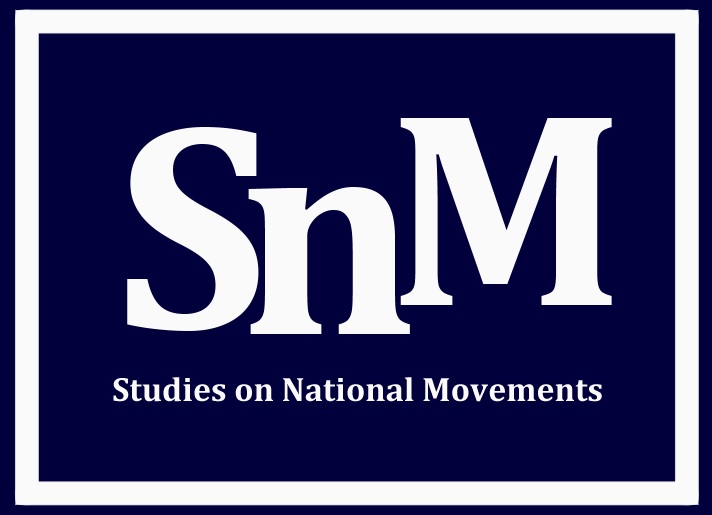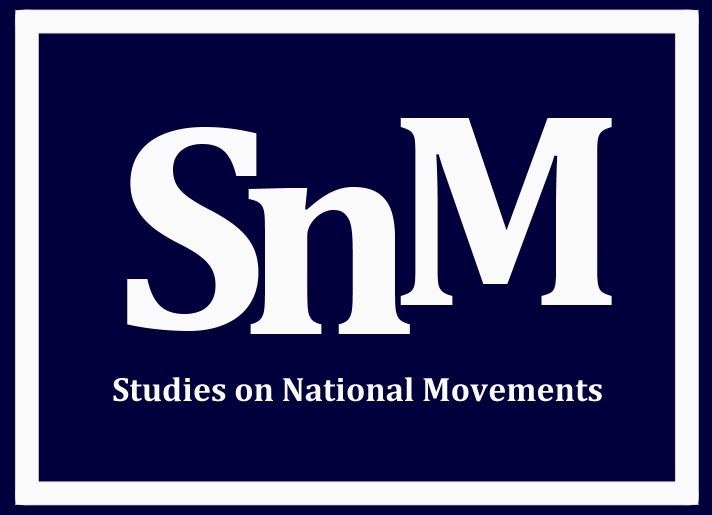Abstract
The study of national representations at world fairs could provide a strong incentive to the field of nationalism studies, since it enables the construction of national identities to be studied as a global process. This way, it can be shown that the process of national identity construction during the heyday of the world fairs between 1851 and the 1930s demonstrated many converging tendencies. This introductory article is divided into five sections. First, I will show how national and other territorial identities have been shaped at world fairs during the second half of the nineteenth and early decades of the twentieth century. The second section will provide a brief overview of developments in the field of nationalism studies, where scholars have recently placed more emphasis on transnational and bottom-up approaches, while trying to overcome the dichotomy between nation-states and empires. The third section assesses the contributions on nationalism at world fairs published in this and the previous issue of Studies on National Movements, showing how they already integrate many fresh perspectives. In the fourth part, I argue that more attention should be given to the construction of national identities as a global process, showing that world fairs actually had a strong isomorphic effect, as countries increasingly adopted common elements and templates in order to give shape to their national identities. The final section shows that world fairs reflected the existing international order, developed a common taxonomy to categorize human productivity, created a global conceptual framework, defined the main components of a national identity and created successful templates in order to display them for an international audience. World fairs as a consequence had a lasting and homogenizing effect on national identities around the globe.
Keywords: World fairs, national identities, nationalism studies, isomorphism, international order, cultural heritage, folklore
How to Cite:
Storm, E., (2024) “The Study of National Identities at World Fairs – from Methodological Nationalism to Transnational Approaches and Cultural Isomorphism”, Studies on National Movements 13(1), 5-34. doi: https://doi.org/10.21825/snm.90483
Downloads:
Download PDF
View PDF

